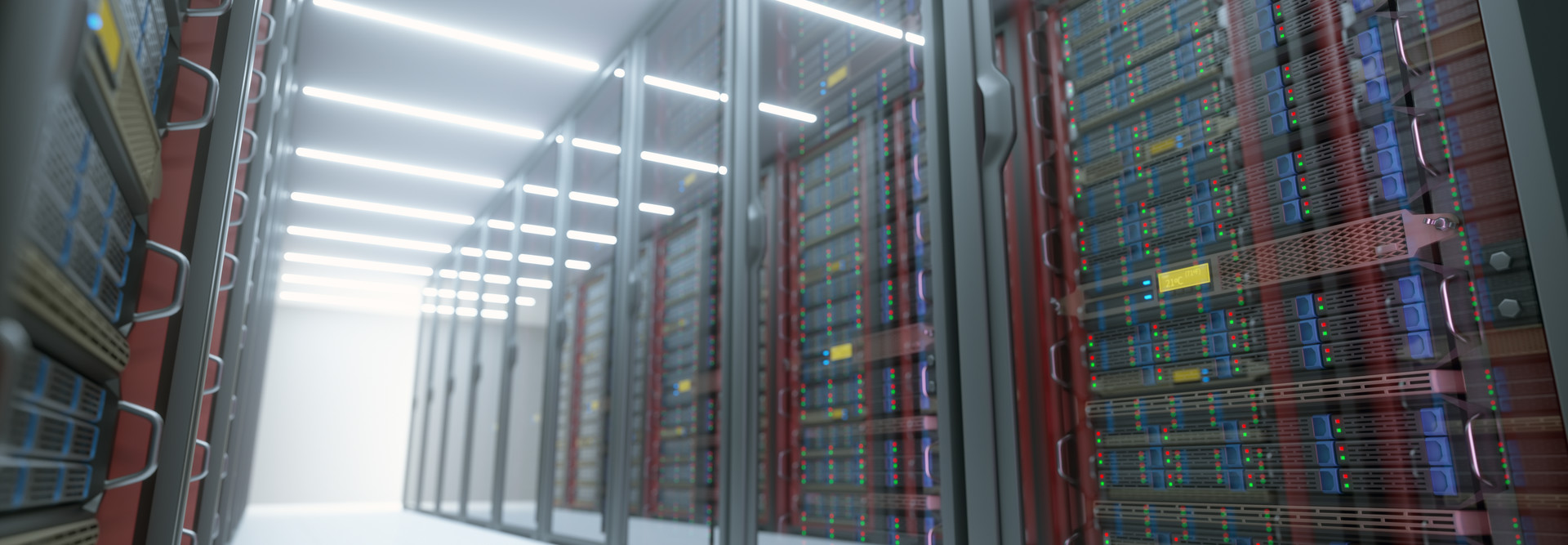The Role of Edge Computing in the Federal Government Is Growing
In recent years, edge computing has transformed many aspects of how federal agencies operate. From military applications and border patrol to disaster relief and tracking lost mail, edge solutions help agencies more efficiently gather, process and use data. According to research by Accenture, 9 in 10 federal leaders now say edge solutions are very important to meeting mission needs.
While edge computing primarily has been viewed as a means to accelerate data transfer from field sensors, it now enables complex operations such as AI and advanced analytics. As a result, applications are becoming more complex, says Carroll. Gartner predicts that by 2023, more than 50 percent of data and analytics will be created, managed and analyzed in edge environments.
“The size of those networks and the effectiveness and capability to do it has improved over time with the advancements of technology,” Carroll says.
EXPLORE: The 5 ways edge computing can deliver better application performance.
The evolution of edge computing is aiding federal agencies in many ways. For example, the U.S. Postal Service uses an edge-based analytics system to quickly analyze billions of images from postal centers to find lost packages in hours instead of days. NASA is exploring edge computing to process data from the International Space Station, and the U.S. Department of Agriculture is using AI modeling from sensors to measure current conditions.
“It’s all about processing data as quickly as possible. They cannot wait for data to be sent back and go through an analytics engine or core data center,” Carroll says.
In the past, as organizations reached the limits of bandwidth and latency, the greatest challenges with edge computing were size and performance. While this has improved, the newest challenges are in security and design. Additionally, as federal agencies double down on edge computing, explosive growth in data volumes can increase pressure on networks.
“They are now working with bigger data sets. The massive amount of data being generated at the edge is going to require more processing,” Carroll says. “Security is a challenge, and reliability is critical.”














